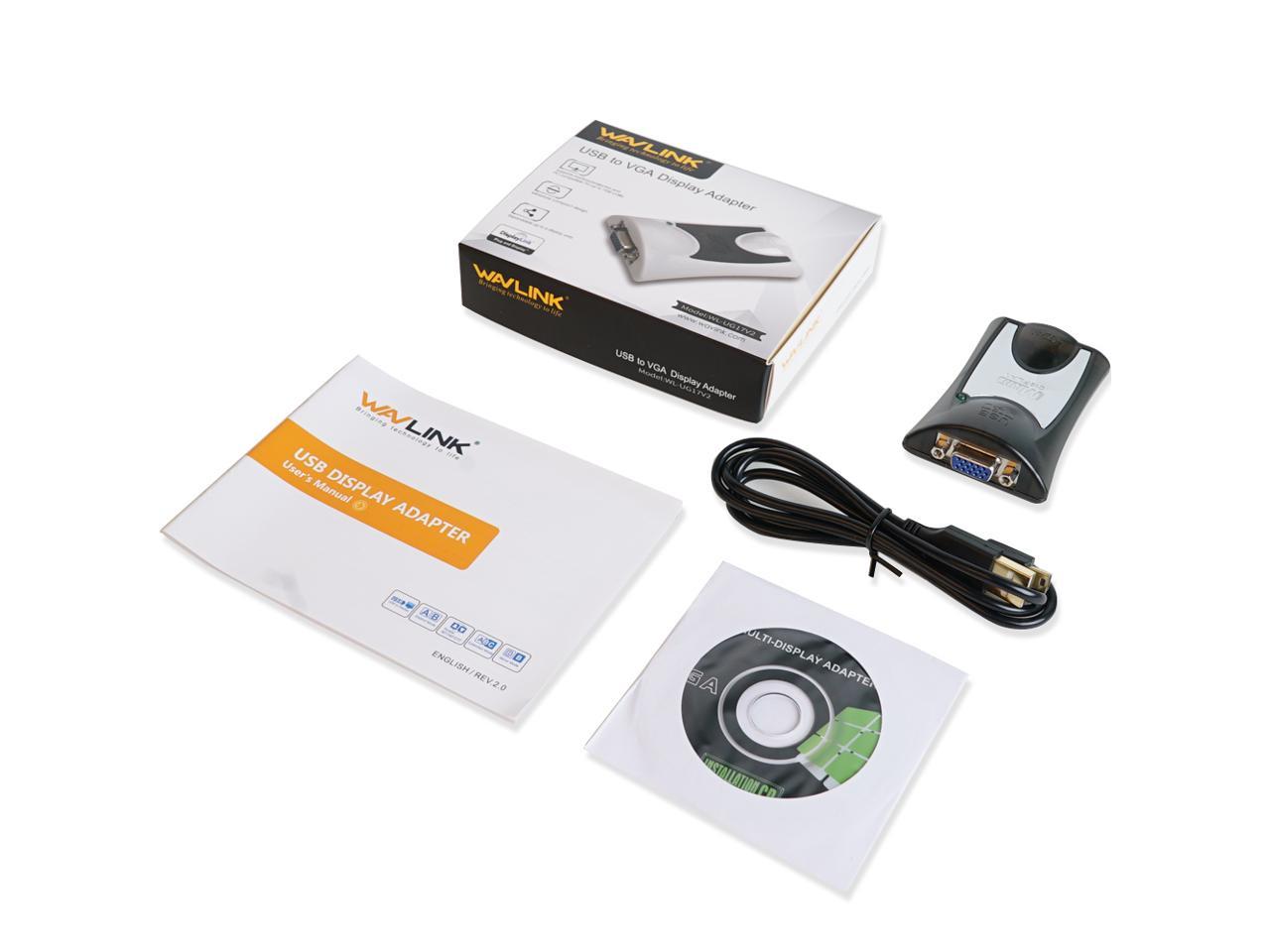

Initialized udl 0.0.1 20120220 on minor 1įurthermore, /dev should contain a new fb device, likely /dev/fb1 if you already had a framebuffer for your primary display. Udl 2-1.1:1.0: fb1: udldrmfb frame buffer device Usb 2-1.1: New USB device strings: Mfr=1, Product=2, SerialNumber=3 Usb 2-1.1: New USB device found, idVendor=17e9, idProduct=03e0 Usb 2-1.1: new high-speed USB device number 7 using ehci-pci Most importantly, the output of dmesg should show something like the following, indicating a new DisplayLink device was found: Although a green screen is the standard indicator of this, other variations have been spotted and are perfectly normal. If your DisplayLink device is connected, it should show some visual indication of this. These instructions assume that you already have an up and running X server and are simply adding a monitor to your existing setup.īefore your system will recognize your DisplayLink device, the udl kernel module must be loaded. If it works then everything below is unnecessary. This is still experimental but supports hotplugging and when works, it is by far the simplest setup. To use the DisplayLink device, connect provider 1 to provider 0:Īnd xrandr will add a DVI output you can use as normal with xrandr. In the above output, we can see that provider 0 is the system's regular graphics provider (Intel), and provider 1 (modesetting) is the DisplayLink provider. Provider 1: id: 0x13c cap: 0x2, Sink Output crtcs: 1 outputs: 1 associated providers: 0 name:modesetting Provider 0: id: 0x49 cap: 0xb, Source Output, Sink Output, Sink Offload crtcs: 2 outputs: 8 associated providers: 0 name:Intel

$ xrandr -listproviders Providers: number : 2 etc/X11//nf Section "OutputClass"Ī reboot may be required for the setting to be effective.
DISPLAYLINK USB GRAPHICS DRIVER
DISPLAYLINK USB GRAPHICS INSTALL
Install evdi AUR or evdi-git AUR for the in development kernel module.USB 3.0 DL-6xxx, DL-5xxx, DL-41xx, DL-3xxx Devices If you are using an earlier version of that package or have CONFIG_FB_UDL=m set in your kernel config, you need to blacklist the old kernel module, udlfb, which may attempt to load itself first. This should work without any configuration changes on linux 4.14.9-1 and later. It allows configuring DisplayLink monitors using Xrandr. The kernel DRM driver for DisplayLink is udl, a rewrite of the original udlfb driver. Installation USB 2.0 DL-1x5, DL-1x0 Devices 3.13 DisplayLink and NVIDIA dGPU on X11 (Optimus+DL).3.12 Only 1 Display is recognized after boot.3.11 Displays disconnect at random intervals when using the Dell D6000 docking station.3.10.2 Workaround 2: Temporarily disable PageFlip for modesetting.3.10.1 Workaround 1: Use older intel driver as a fallback.3.10 DisplayLink driver does not work with Intel GPUs after recent X upgrades.3.9 DisplayLink is not working when usb hot plugged.3.7 Impossible to activate displaylink's screen.3.6 Slow redraw/Unresponsiveness in Google Chrome and Webkit2-based Applications.3.5 All displays' are capped to 1 FPS when disabling builtin screen.3.4 DisplayLink refresh rate is extremely slow with gnome 3.2.2.3 Switching between displaylink and nvidia/nouveau driver.


 0 kommentar(er)
0 kommentar(er)
